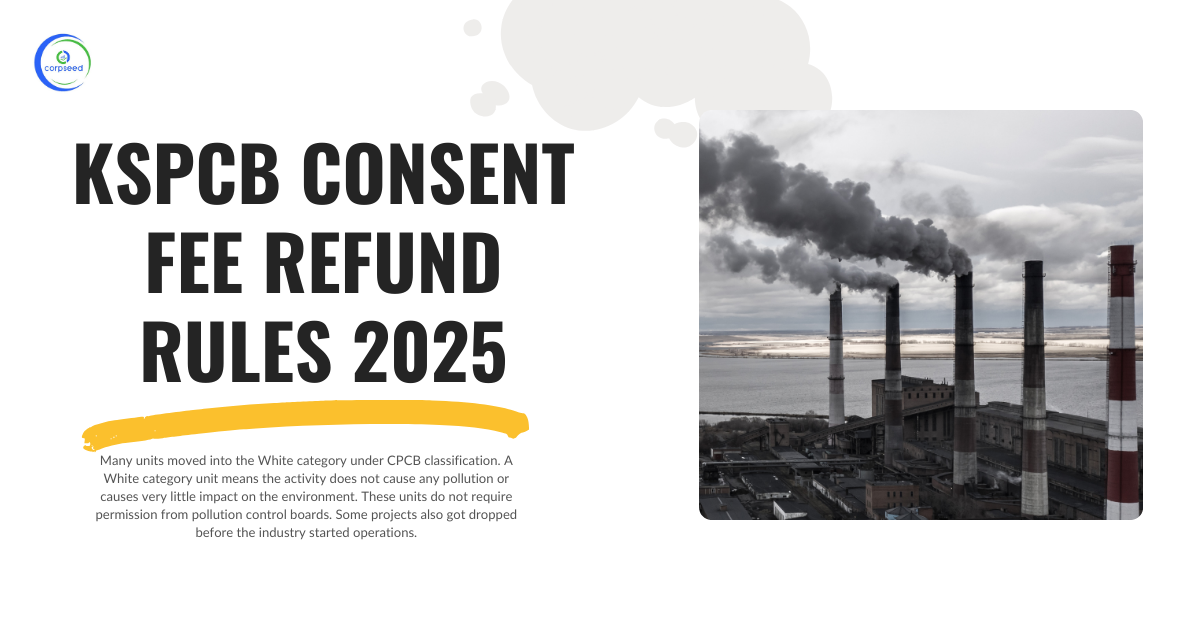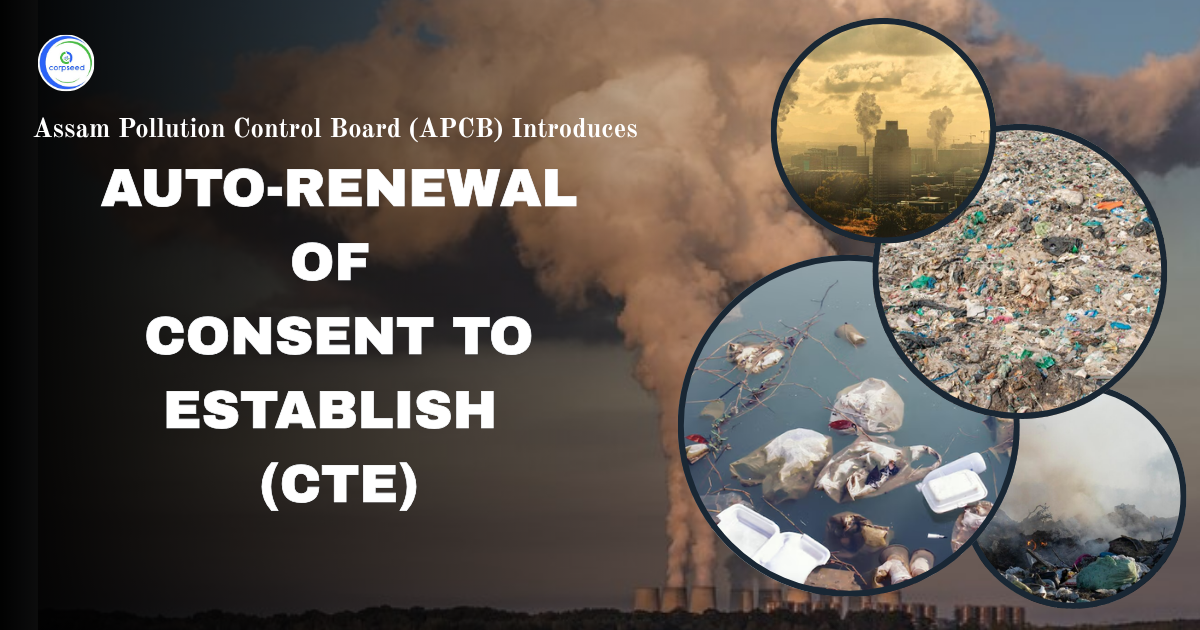The Railways have been considered the oldest and one of the most efficient means of freight management in India. Urbanization and industrialization have enabled the economy to boom at exorbitant levels. The transportation of goods has been one of the major uses of the railways. Carrying bulk amounts of freight that include mineral oils, cement, ores, fertilizers, iron and many more has encouraged the sector to generate a huge amount of revenue. One of the essential parts of a railway system is Railways Sidings. Sidings are mainly used to load, and unload items or vehicles, assemble and arrange, and also store. Sidings are used temporarily and are those small tracks situated next to the main track where carriages and engines are standing when not in use. On the other hand, Goods sheds are small construction at the railway which is used to store all goods and materials that either has been unloaded or are ready to be loaded. These constructions are made usually parallel to a railway line but are sometimes also built the opposite of a railway track.
Table of Contents
- Why do Railway Sidings and Goods Sheds Need a Licence?
- What Is The License required for Railway Sidings and Goods Sheds?
- What Are The Documents Required to Obtain a SPCB License?
- What Is The Penalty For Non-Compliance?
- General Rules Regarding The Establishment Of Railways Sidings And Good Sheds
- Conclusion
--------------Blog Contact Form-------------
Why do Railway Sidings and Goods Sheds Need a Licence?
Observing recent events, there has been an increase in the complaints to the State and Central Pollution Control Boards caused due to a spike in the pollution being generated at and around these areas. Frequent complaints have been reported by the residents living nearby about air, water, and soil as well as pollution of vegetation.
Read Our Blog: CPCB Flags Railway Stations on Green Parameters
Railway Sidings
- The recurrent action of loading and unloading activities has created havoc in and around sidings. Due to the sidings being situated in urban areas, the event of these activities is at a high rise.
- The goods that are being transported, for example, if is cement or any other construction material may, due to increased wear and tear pollute the environment along with dropping a lot of the material resulting in the foreign matter being mixed in the soil.
- A recent field study laid down data stating that the maximum source of pollution is caused by cement, dust, solid waste, and POL waste.
- The unloading of fertilizers, cement, and grains is most likely to cause respiratory problems.
- The way these items are loaded and unloaded has a big impact on how much pollution is produced. Both human and mechanical methods of loading and unloading have been categorized.
- Head loads and pulled trolleys are used for manual loading and unloading. However, a variety of mechanically driven equipment is used for mechanical loading and unloading. The type of mechanical loading and unloading machinery depends on the kind of cargo being moved.
- Loose materials like coal and minerals have the largest contribution to air pollution and sites that handle coal are more prone to being polluted.
- The most polluting activity was found to be the lifting of coal from a stack and loading it into wagons. The loose particle (dust) of coal spreads in the air while being lowered into the wagon by the JCB when removing the coal from the stockpile. Additionally, wind causes coal dust to disperse in the air.
- Another notification by the Central Pollution Control Board (CPCB) stated that there exists a lot of wastewater generation at railways and that untreated water is disposed of in the drain. Such wastewater needs to be treated before being released.
- The availability of minerals in the surrounding areas has led to the construction of sponge iron and steel mills in one of Rajasthan's industrial areas. The villagers and passengers are inconvenienced since these industrial units frequently load and unload raw materials including iron ore, coal, and dolomite at the railway station, which lacks a suitable siding location.
Good Sheds
- The State of Uttar Pradesh witnessed the most complaint regarding the improper management and maintenance of Good Sheds.
- A plea had been filed to the National Green Tribunal regarding the improper management of goods being loaded and unloaded at these sheds.
- The havoc was created due to these sheds had not ideally constructed a covered shed over it due to which the cement, fertilizer, or grain unloaded from trucks flew all over in the air and resulted in majorly polluted air.
- Apart from only being covered the UP-State Pollution Control Board further instructed the railways to sprinkle water to avoid air pollution.
- Improper storage of goods was also brought to the attention of the tribunal.
What Is The License required for Railway Sidings and Goods Sheds?
Upon a plea being filed before the National Green Tribunal and after assessing the situation, the board laid down the following with respect to the provisions of the Water (Prevention and Control of Pollution) Act, 1974, and the Air (Prevention and Control of Pollution) Act, 1981.
- Wherever a new siding, goods shed, private freight terminal, or loading or unloading point is being developed or built, a "Consent to Establish" must be obtained from the State Pollution Control Board in accordance with its regulations, keeping in mind the designated notified areas, air pollution control areas, and industrial sector classification.
- Wherever sidings already exist, "Consent to Operate"- Consent to carry on Operations must be obtained from the State Pollution Control Board by either the owner or the railroad, depending on the situation, in accordance with its rules, while taking into account the designated notified areas, air pollution control areas, and industrial sector classification.
- The relevant SPCBs must notify Zonal Railways of any Air Pollution Control Areas, and Zonal Railways must guarantee that all applicable environmental laws are followed. Sidings agreements may have a necessary clause. The Railways are solely responsible for sidings and freight sheds that are owned by them.
- Depending on the degree of pollution and the environmental impact on particular goods and areas, it is also important to address water pollution and noise pollution.
- Some safety precautions that must be implemented at loading/unloading locations by the owner or railways, as applicable, include-
- Each loading/unloading location should have paved approach roads with enough space for the traffic. The roads that are now in poor shape need to be maintained and repaired.
- Water spraying systems via automated systems or tankers should be provided as needed to prevent dust pollution. At the loading/unloading point, a suitable wastewater/drainage system must be provided in accordance with requirements.
- At the loading/unloading location, an appropriate green belt cover should be installed to reduce pollution.
- Where necessary, dust screen barriers surrounding the perimeter of the premises with sufficient height should be constructed for the heavy loading and unloading traffic handling locations.
What Are The Documents Required to Obtain a SPCB License?
- Basic information about the project
- Occupier/owner details
- Construction Details
- Water Emission and its Discharge information
- Air Emission details
- Fee
- Other relevant details
Environmental Clearance for project under EIA Regulation and Site to forest distance for Non-EIA Project and outside Industrial Area/ Certificate of Industrial Area Development Authority for Non-EIA Project.
- Project Report
- Site location map
- Survey Map
- Land use map/Lay out plan
- Details of production process
- Details of pollution control Measures
- Certificate from DFO for distance of forest
- Production figures duly certified by District mining officer
- Other Certificates
- Agreement for raw material supplier
- Report showing project cost
- Process of Functioning of the site
- Measures for preventing pollution at the source points
- Measures for controlling Inevitable pollution
- Measures for uplifting ground water table
- Measures for Improving content of surface water bodies
- Measures for increasing tree and forest cover
What Is The Penalty For Non-Compliance?
- Anyone who violates any provision of the Air Act or any order or direction issued pursuant thereto for which a penalty has not already been provided elsewhere in the Act is subject to imprisonment for a term that may not exceed 3 (three) months, a fine that may not exceed 10 (ten) thousand rupees or both, and in the case of a continuing violation, an additional fine that may not exceed 5 (five) thousand rupees for each day that the violation persists.
- Anyone who violates the terms of Sections 25 or 26 of the Water Act is subject to fine and imprisonment for a term that must not be less than 1[one year and six months] but may reach 6 years.
General Rules Regarding The Establishment Of Railways Sidings And Good Sheds
Rail users may be permitted to engage in the construction of goods shed / sidings facilities under the following requirements as part of a market strategy to maintain and advance the Railway's business interest by the Ministry of Railways-
- The railway will permit private parties to invest in the construction of a goods shed or sidings. However, the railroad would reserve the right to close the goods shed or siding with 90 days' notice if it ever became operationally or financially unsustainable.
- According to the railway's operational needs, private parties may invest at stations. The decision to develop these facilities will be made personally by the Railway's General Manager after receiving a request from the interested party and after consulting with the Financial Advisor (FA) & Chief Accounts Officer (CAO).
- The railway may make sure that there is little to no chance that the area or land would be needed for any project or requirement of the Railways before conveying approval of any such investment plan.
- The assets so formed would belong to the Indian Railways and would be maintained and used as any other Railway assets with absolute authority. The facilities so constructed would be used not only by the parties who have financed them but also by others. In exchange for the use of these assets by the Railways or other rail users, the investor would not be eligible for any reimbursement or concession. Additionally, the investor will not be eligible for any special treatment when it comes to using these assets.
- With the caveat that land would only be licensed when commodities were to be carried by rail, investing parties may get a land license in accordance with current regulations for the construction of temporary storage sheds.
- The building (goods shed or siding) and all of its furnishings and accessories will pass to the railroad administration, and the investor will have no right to them. The creation of such assets on Railway land will not grant the investor any rights in relation to such Railway land.
- The proposed facility will be developed in accordance with authorized Railway designs and built in accordance with approved Railway standards and specifications. The cost estimates for building and developing the facilities in accordance with these specifications will be created, and they will include all departmental and other fees in accordance with the regulations. Before work can begin, the investor will need to deposit the total amount of the calculated construction costs with the Railway Administration.
- The hiring of additional workers for the upkeep and management of these assets must be based on need.
- The current users of the train facilities at the relevant station should not be hindered or obstructed in any way by the planned goods, shed, or siding.
- According to the current regulations, freight fees, demurrage fees, and placement/siding fees will be assessed.
Conclusion
Even though being one of the major parts of freight services, good sheds and rail sidings are lately causing the environment to majorly degrade and as result also causing a threat to human health. Therefore it is essential moving forward for all Good shed and railway siding owner and its State Pollution Board to ensure utmost safety of people as well as the environment.
This portion of the site is for informational purposes only. The content is not legal advice. The statements and opinions are the expression of author, not corpseed, and have not been evaluated by corpseed for accuracy, completeness, or changes in the law.
BOOK A FREE CONSULTATION
Get help from an experienced legal adviser. Schedule your consultation at a time that works for you and it's absolutely FREE.





.webp)

.webp)

